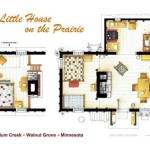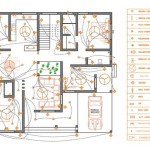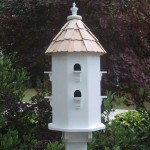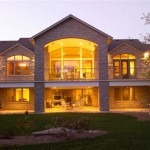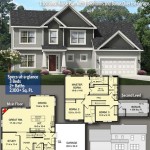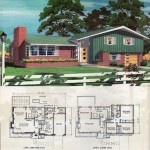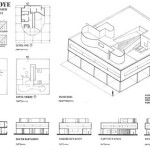Essential Aspects of Easy DIY Cubby House Plans
Creating a DIY cubby house is a fantastic and rewarding project that can provide endless hours of fun and imaginative play for children. To ensure a successful and enjoyable building experience, it's important to consider the following essential aspects:
1. Planning and Design
Before starting construction, take time to plan the design and layout of the cubby house. Consider the size, shape, and features you want to include, such as windows, a door, a porch, or a slide. Sketch out a design and determine the materials and tools you will need.
2. Materials and Construction
Choose durable and weather-resistant materials for the construction, such as treated timber, plywood, or weather-resistant plastic. Use sturdy framing to ensure the structure is robust and secure. Consider using insulation or lining to provide comfort and weather protection.
3. Safety Considerations
Safety should be a top priority. Ensure the cubby house has adequate ventilation to prevent moisture build-up and mold growth. Install a door lock or latch to keep young children safe inside. Sand down any sharp edges or splinters to avoid injuries.
4. Child-Friendly Design
Design the cubby house with children's needs in mind. Ensure there is enough headroom and space for them to move around comfortably. Consider the height of the door and windows so they can easily access and use them.
5. Accessibility and Customization
Make the cubby house accessible to children of all abilities. Consider a ramp or wider door opening for easy entry and exit. Encourage children to customize the space with their own decorations and accessories, fostering their creativity and ownership.
6. Maintenance and Upkeep
Regular maintenance will prolong the life of the cubby house. Inspect it periodically for any wear or damage, and make repairs as needed. Clean and treat the exterior to protect it from the elements.
7. Encouraging Imaginative Play
Cubby houses are not just about shelter but also about fostering imaginative play. Encourage children to use their creativity by providing dress-up clothes, props, and toys. Suggest different scenarios and activities to spark their imaginations.
8. Location and Landscape
Choose a safe and suitable location for the cubby house, such as in the backyard or under a shady tree. Consider the surrounding landscape and how it can enhance the play experience. Add elements like a sandpit, rock garden, or play fort to create an outdoor adventure wonderland.
9. Supervision and Age Appropriateness
Cubby houses are generally suitable for children aged three and up. It's important to supervise younger children while they play and ensure the structure is age-appropriate to prevent accidents.
10. Enjoyment and Purpose
Remember that the ultimate goal of building a DIY cubby house is to provide a fun and stimulating play environment for children. Encourage them to enjoy the space, explore their creativity, and create lasting memories.

How To Build The Perfect Cubby House Make A

Homemade Cubby House Our Family Projects

Free Playhouse Plans A Fun Project For The Whole Family Play Houses Build

Projects Diy Cubby House

Diy Childrens Backyard Playhouse Ideas The Garden Glove
:max_bytes(150000):strip_icc()/hideaway-5b200ea443a10300365e9583.jpg?strip=all)
13 Free Playhouse Plans The Kids Will Love
:max_bytes(150000):strip_icc()/buildeazy-free-playhouse-plans-580e2afa3df78c2c734d8115.jpg?strip=all)
13 Free Playhouse Plans The Kids Will Love

The Cubby House Build

60 Best Cubby House Plans Ideas Build A Playhouse Play Houses Outdoor

Playhouse Plans Step By Construct101
Related Posts

